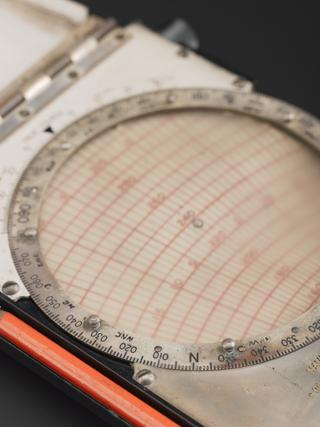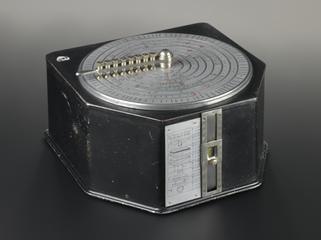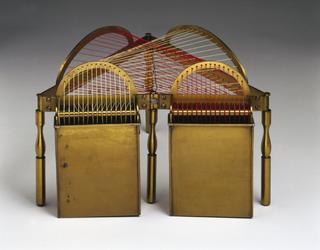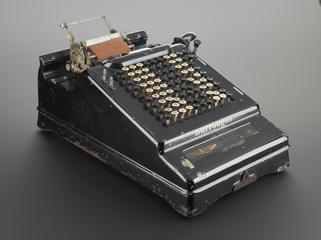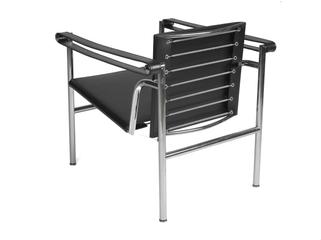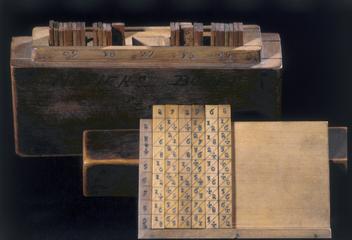
Callipers by H.gregory, c.1770
- maker:
- Henry Gregory












Gunners callipers, 6 inch by H.Gregory, brass 18th century. These callipers ere used for measuring the diameter of cannon balls, or by crossing the arms, the bore of a cannon..
Details
- Category:
- Mathematics
- Object Number:
- 1919-3
- Materials:
- brass (copper, zinc alloy) and steel (metal)
- Measurements:
-
overall (open): 3 mm x 172 mm x 165 mm, .094 kg
- type:
- calliper (gunnery)
- credit:
- Thomas H. Court
